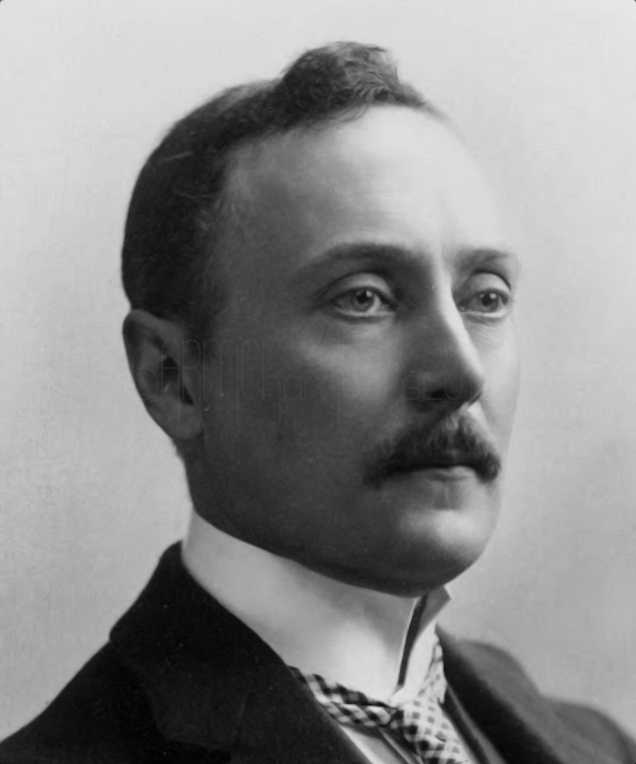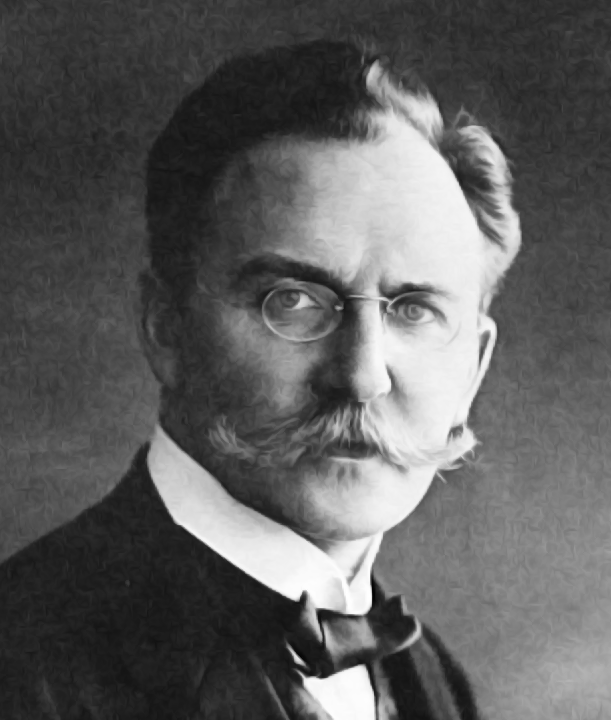While others were wasting their time trying to make sound from electrical signals using solid, heavy, slow diaphragms there were a few pioneers who had the foresight to lay the foundations for the massless loudspeaker.
Without documented observations of the various related physical effects there would be no attempts to make sound from high voltage in the first place. In 1672, Otto von Guericke observed the corona discharge on pointed conductors. Francis Hauksbee in 1709 noted the electric wind from such a discharge. Later on even the bigger names in physics like Isaac Newton (1717) and Benjamin Franklin (1747) would note related effects from high voltage coronas. The electric fly from Benjamin Wilson (1750) would be one of the first physical demonstrations of the electric wind.
In 1777 Dr. Byron Higgins discovered and demonstrated that organ pipe-like tubes and glass jars could be used with hydrogen flame to produce sound and musical notes, tuned by the length of the pipe. This work on pyrophones or plasmaphones could be the first that would influence the later development of the massless speaker. A number of others experimented with similar technology. Michael Faraday in 1818 added further research and suggested the sound was created from very rapid explosions. In 1858 the American scientist John LeConte had noticed how the flame of gas lights could be influenced by musical sounds. John Tyndall, 1867, demonstrated a singing flame to the Royal Institution as part of 8 lectures. Henri De Parville included a large section in the book Les Causeries Scientifiques, 1862.
The idea that flame could be used to produce sound was first successfully exploited by Frederic Eugene Kastner, patented in 1873, with his Pyrophone. Using the natural resonance of small gas flames in varying lengths of glass pipe, an organ with one octave of notes was made. Kastner died before being able to make the most of his work.

